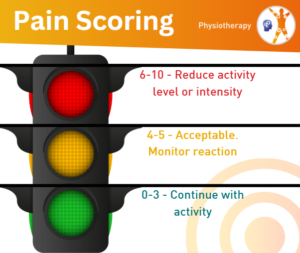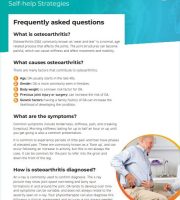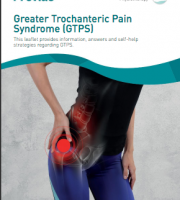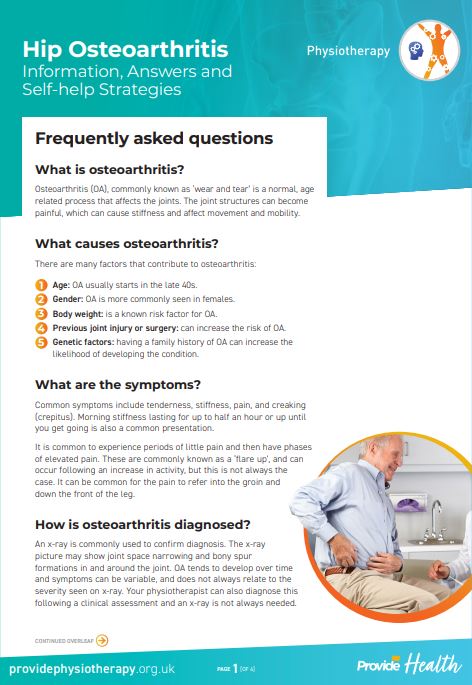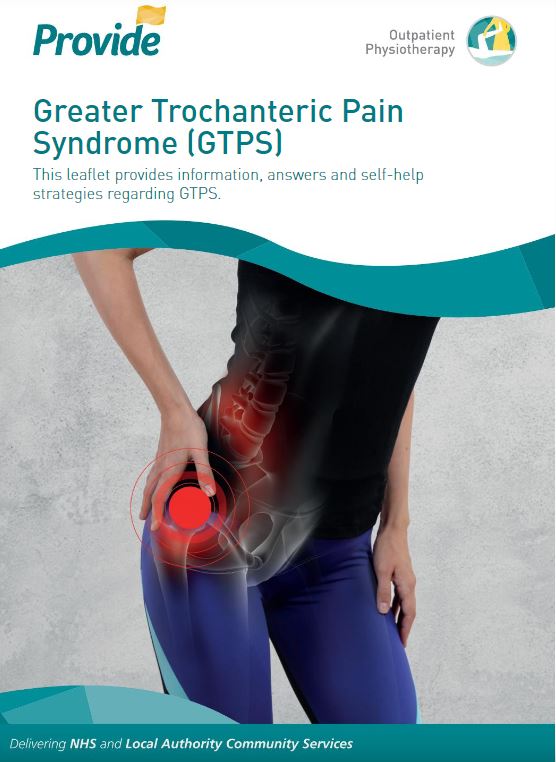Overview
Type of Hip Pain
Watch these three short videos of an internationally-respected physiotherapist explaining hip osteoarthritis, also known as OA, and why it hurts.
Watch these three short videos addressing some of the questions you might have about physical activity, weight loss and other strategies to help your knee pain due to osteoarthritis (OA).
For a summary of this information, the Provide Physiotherapy Outpatients Service have created a short educational video on hip osteoarthritis including links to additional support services that you can refer yourself to.
To create your own exercise programme at a level you can tolerate based on what you like and what you need, Click Here. Alternatively, go straight to the exercise inventory for beginner and more advanced knee and hip exercises and get started today!
If you want to learn more about your hip osteoarthritis, watch these short educational videos to get some simple advice and information to help you better manage your hip pain.
Although if you are looking for a more structured education and exercise programme to improve the management of your hip osteoarthritis, Click Here to access a free NHS online programme called ESCAPE-pain, which consists of 12 sessions over a 6 week period you can complete from home.
For help with weight loss, visit Essex Wellbeing Service or Click Here for more information on how losing weight can help to reduce pain and disability related to osteoarthritis.
Click Here for exercises that our physiotherapists would recommend for helping with the movement of your hip. Or Click Here for exercises that may assist with strengthening of the hip. Often a combination of both movement and strength can assist with the management of hip osteoarthritis.
Click Here for further information on Osteoarthritis and ways to manage it effectively.
Greater Trochanteric Pain Syndrome (also known as lateral hip pain or gluteal tendinopathy) affects the outside of the hip and the thigh and can radiate down the outside of the thigh.
Commonly pain is worse with prolonged walking, cross-legged sitting or lying down on the effected hip at night.
The tendons attaching muscles to the bony prominence on the outside of your hip and the bursa (fluid filled sacs) become irritated when the muscles are weak.
Strengthening the muscles around the hip has been shown to be significantly more effective for long term relief compared to steroid injections. Shockwave therapy is a possible treatment alongside physiotherapy for some patients. This leaflet provides information, answers and self-help strategies regarding the condition. You can also click Here for early stage exercises to help with managing symptoms of Greater Trochanteric Pain Syndrome.
Greater Trochanteric Pain Syndrome
FAI is common in sports such as football, hockey and squatting. These sports involve twisting.
It can be due to the ball and socket not moving completely freely throughout its range of movement. This can be due to abnormalities of the femur (ball) and if isn’t completely spherical or the acetabulum (socket) because the socket is too deep, or both.
It is most often very well managed with physiotherapy. Less commonly in more severe cases, hip arthroscopy is an effective key-hole surgery to relieve symptoms, combined with post-operative rehabilitation.
Dysplasia is an abnormal formation of the ball and socket joint of the hip. It can affect both children and adults.
When detected early, dysplasia can be easily managed with physiotherapy and without the need for surgery.
A common sign is one leg dragging behind the other when crawling or limping when walking.
For more severe cases, a number of surgical options are available depending on the type of dysplasia.
Self help
Evidence has shown that people who understand their Musculoskeletal health problem and take an active involvement to help themselves have a much better outcome.
Here are some really helpful leaflets and useful links to other websites that have been approved by our physiotherapists so that you can start getting better with your hip pain today!
This information is not intended or implied to be a substitute for professional medical advice, diagnosis or treatment if required. All content is for general information purposes only.
Click Here to access our getUBetter app, which is an easy, safe and effective way to support your recovery.
Leaflets
Videos
Exercises
Useful Links
- Free-to-use NHS online programme and app to enable self-management and coping with arthritic hip pain using exercise
- Excellent resource of educational videos and exercises to carry out for hip osteoarthritis to help yourself in the long term based on the latest evidence
- Useful information booklet on hip osteoarthritis to help you understand the condition better and how to manage it.
- Useful exercises to carry out at home to manage osteoarthritis of the hip. These exercises are designed to help strengthen and stretch the hips to ease the symptoms.
- Further information on hip pain in adults – Causes, managing hip pain at home and when to get medical advice.
- Nuffield Health Joint Pain Wellbeing Programme offers a free to join programme designed to help you self-manage chronic joint pain.
Further Support
If your hip pain is still not improving despite following the advice and guidance provided on the website and you score a ‘Medium’ or ‘High Risk’ when completing the ‘Is my hip pain likely to persist?’, you may require further help and support from the Physiotherapy Service. Please click on the ‘Physiotherapy Self-Referral’ box to refer yourself to the service for further management of your back problem.
With all hip pain it is best to try to keep the hip moving as able and to continue your normal activities but in smaller amounts until you can resume them normally again. If you are finding it difficult to walk then using crutches or a walking aid may help.
Remember that most causes of hip pain are not due to anything serious, although there are rare cases where you would need to seek urgent medical help. Contact NHS 111 for immediate medical advice if you have any of the symptoms below:
- your hip pain was caused by a serious fall or accident
- your leg is deformed, badly bruised or bleeding
- you’re unable to move your hip or bear any weight on your leg
- you have hip pain with a temperature and feel unwell
Seek an urgent GP appointment or attend A&E if your child has the following hip related symptoms:
- Sudden pain in their hip, thigh or knee (hip problems can sometimes be felt in the thigh or knee)
- Limping or can’t put any weight on one leg
Click here for further support and guidance.
FAQs
